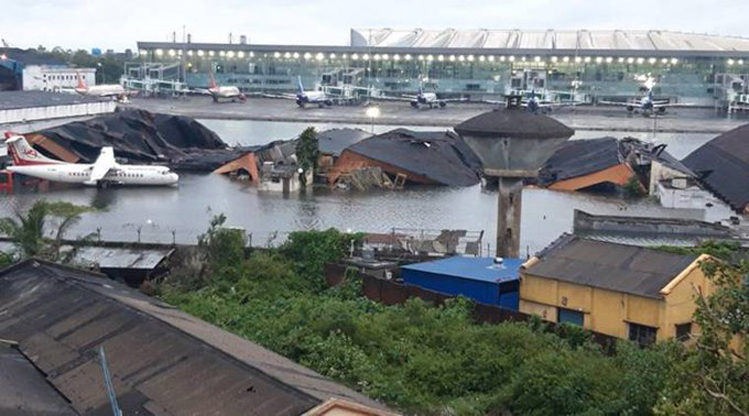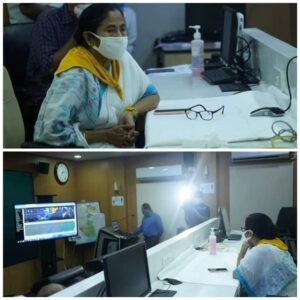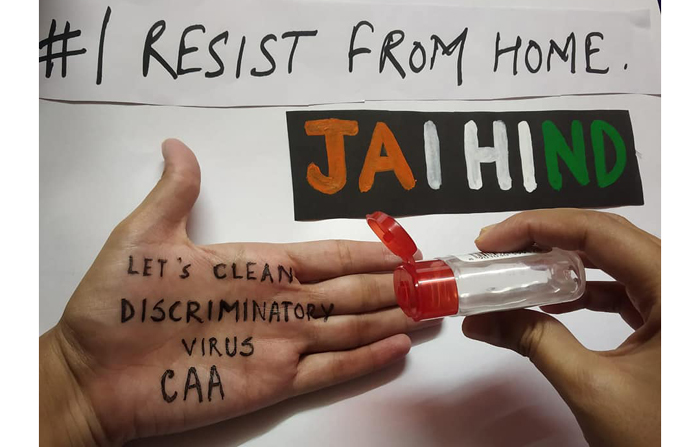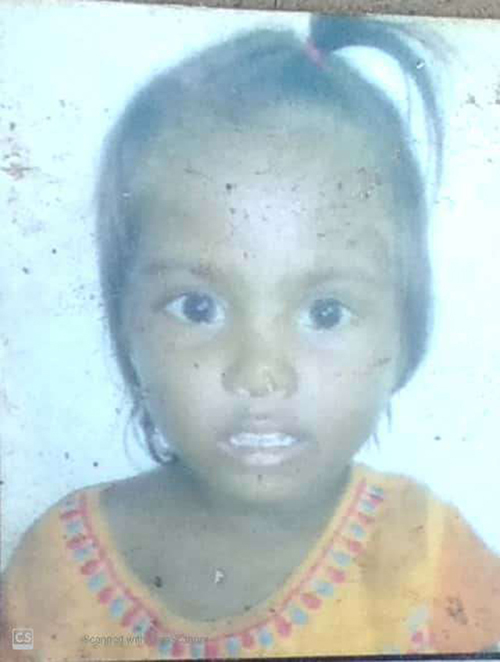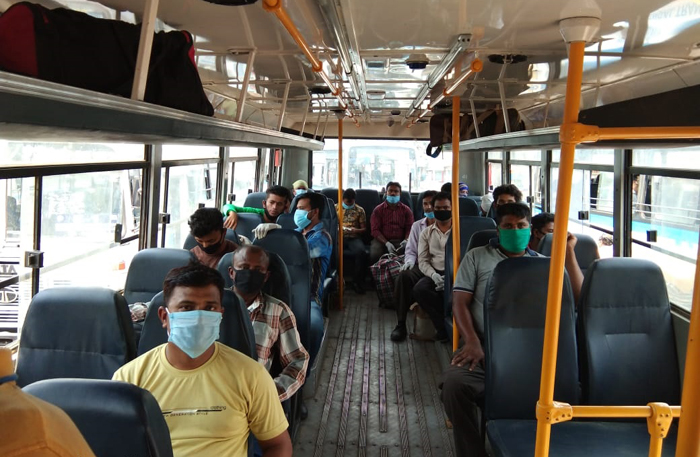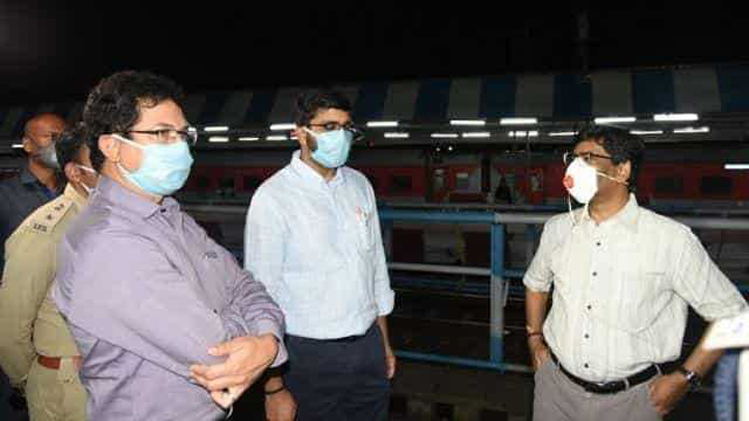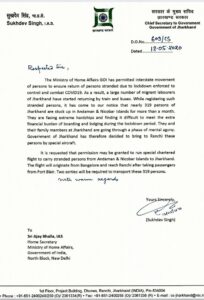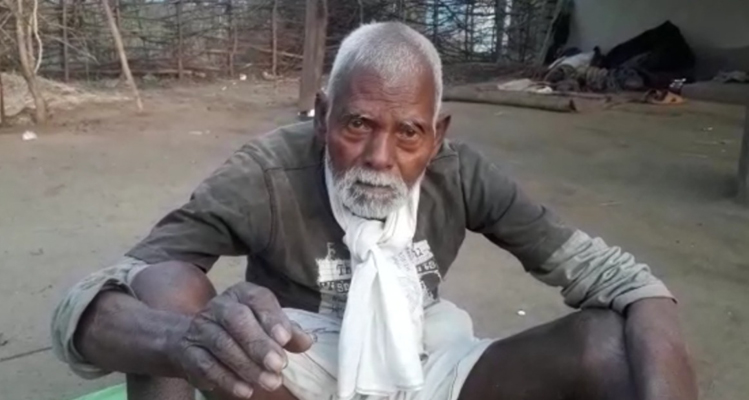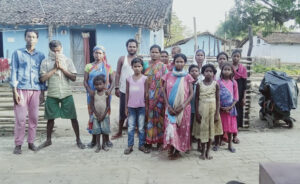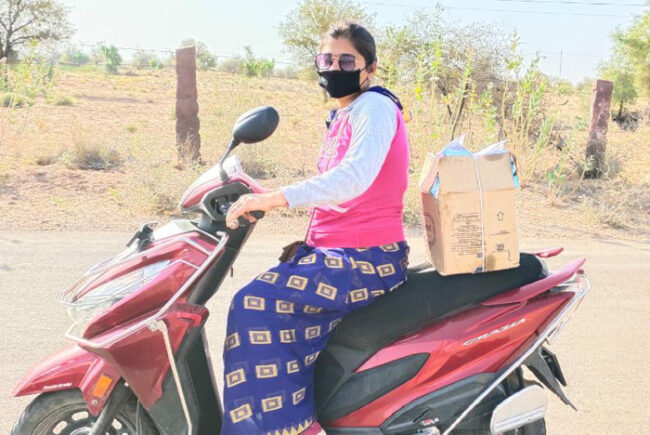Kolkata: Baban, an Amherst Street resident complained that the streets are waterlogged for the second day which has meant that the water which seeped inside his three-story house is yet to clear. “I’m under houses arrest as I fear wading in the water could spell disaster for my family members. There are also shards of glass lying all over the ground floor, which I cannot clear unless the water recedes,” said Baban, who lives in a joint family.
Jayanti Nag of Parnasree in Behala had to spend the whole day at home, unable to move out on the streets. “A huge tree had fallen just in front of our house and we are still stuck at home as the tree is yet to be chopped and road cleared. With the mobile phone batteries dying, I do not know how I will spend the night without any mode of communication,” said Jayanti. She wondered if the situation will improve by Saturday morning.
It is not only Baban and Nag, both almost every citizen of West Bengal got effected by the devastation caused by the super cyclone Amphan on May the 20th.
The super cyclone with wind speed of over 165kmph battered the state for over 9 hours, has affected more than six crore people in West Bengal.
Kolkata, along with South and North 24-Parganas, Burdwan, Hoogly and West Midnapore were the worst-affected districts. Standing paddy around 30,000 hectares in East Burdwan, 10,000 hectares in Hoogly and another 10,000 in West Midnapore is feared to have been damaged. Many of the dwellings in the districts have been flattened by the gusts and rain. Over 1,600 villages have been inundated in both the 24-Paganas. Embankments of rivers Ichhamati, Raymangal and Bidyadhari have been breached at many places.
Bengal Chief Minister Mamata Banerjee had demanded the cyclone must be treated as a national disaster, as it brought more devastation than Covid-19 for Bengal.
In capital city Kolkata, roads and electricity remained cut off in many areas for the second day today, even as the CESE and WBSEB personnel worked overtime to restore normalcy. Around 5,000 trees were felled in the city along with electric poles, cutting off major arterial roads. Due to lack of electricity, most of the affected areas went without water as the streets lay waterlogged. There had been more than 80 deaths in the state, so far, either due to electrocution or people crushed under the debris.
Behala in South 24-Parganas, which had been cut off from the city and virtually turned into an island with waterlogged streets, along with Dum Dum in North Kolkata suffered as many uprooted trees still blocked the roads on Friday late evening and no water supply.
Many of the residents were also seen protesting on the streets on Friday. In Ward No. 4 in South Dum Dum residents protested that since Wednesday evening they are living without water and electricity.
On Friday itself, Prime Minister Narendra Modi and Chief Minister Banerjee did an an aerial survey of the devastation caused by super cyclone Amphan. After the survey, PM Modi announced Rs 1,000 crore package to the state as advanced relief. He also announced Rs 2 lakh to the family of the deceased, Rs 50,000 to the injured from Prime Minister Relief Fund.
The PM also twitted, “My thoughts are with all those who have lost their lives due to the cyclone. Centre and state are working together to provide all possible help to people. In another tweet, the PM said, “All aspects relating to rehabilitation, reconstruction will be addressed. We all want West Bengal to move ahead. Centre will always stand with West Bengal in these testing times.”
Interestingly, while there was no tweet from PMO handle on May 21, the day after super cyclone Amphan hit Bengal, but there were a series of tweets from @PMOIndia on the PM visit to the state.
Earlier, Banerjee told reporters at Netaji Subhas Chandra Bose International Airport, “This is more than a national disaster. I have not seen such devastation in my life.” She said this while she was waiting for the PM to arrive. At the airport, Bengal Governor Jagdeep Dhankhar was also present to receive the PM.
After accompanying Narendra Modi in his chopper for the aerial survey, Mamata announced that she will make another survey of the districts after Eid. She said her government wants to stand by the people who have been left devastated by the natural disaster. Banerjee also announced that she, on Thursday, had formed a special task force, which will visit the districts.
Significantly, the day PM Modi announced financial assurance to Bengal and Odisha, European Union too extended support with initial funding of 50000 euro for Amphan affected people in India.




